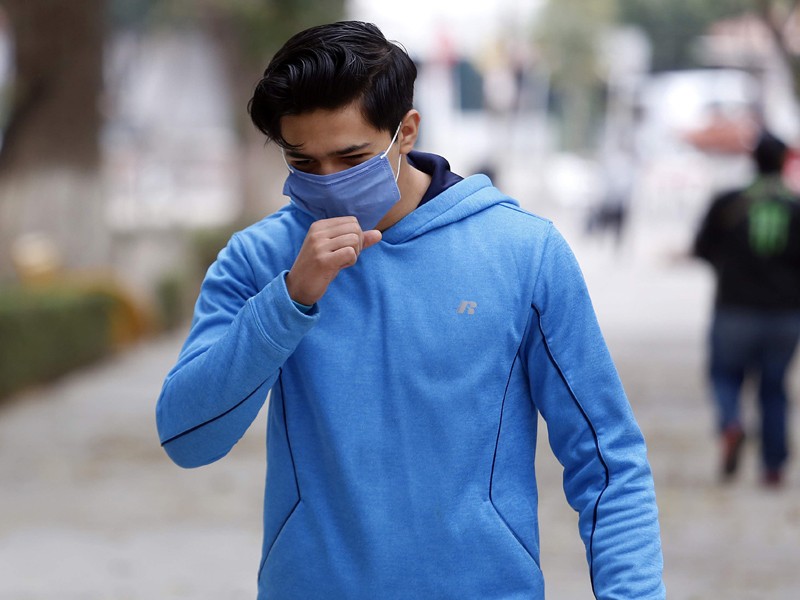Temperature changes can cause respiratory illnesses
It has a lot to do with viruses, seasons, weather, etc., all of which are factors that lead to an increase in infections. It is worth mentioning that infections account for 25% of medical visits. Eduardo Enrique López Villalobos / Emergency Physician
Colds are one of the most common illnesses and symptoms may include a stuffy or runny nose, coughing, sneezing, watery eyes, and in some cases, fever and sore throat. It usually lasts three to five days.
Influenza is an acute infectious disease caused by a virus that spreads rapidly from person to person through droplets from saliva, coughs, or sneezes. It’s often very similar to a cold, but more intense. But illnesses like the flu and coronavirus have also increased.
I get contaminated in a closed space like work, school, home, etc., and then the same thing happens, it rains, it gets cold, I close the windows, and the result is that the environment is destroyed, and one patient is enough to cause the infection to spread. Eduardo Enrique López Villalobos / Emergency Physician
The most vulnerable groups are children under 5 years old, pregnant women and the elderly, especially people with chronic diseases such as diabetes, and people with diseases such as chronic obstructive pulmonary disease and HIV.
That’s why it’s important to know how to take care of yourself, eat well, be aware of inclement weather, and most importantly, don’t self-medicate.
Maybe it turns out it’s not a regular flu, maybe it turns out it’s the flu and we’re causing the infection to progress and become more aggressive, so that’s why it’s important not to self-treat because we really don’t know if we don’t have what. Eduardo Enrique López Villalobos / Emergency Physician

